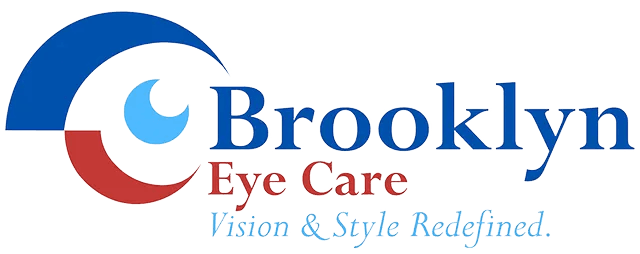When a child is preparing to start school, there are several essential health check-ups that are typically required, like general physical exams and vaccinations. However, one crucial examination that often gets overlooked is a comprehensive eye exam. Having an eye exam before starting school is important as it allows an eye doctor to evaluate a child’s vision, oculomotor system, and eye health, and discuss any concerns with the child and parent. Even if a child shows no symptoms of poor vision, a formal eye assessment is necessary to ensure there are no underlying issues that could potentially hinder their success in school. Eye exams can be conducted using special charts with shapes and pictures, making it possible for children who do not know their letters or numbers to undergo an eye exam. Once the initial eye exam confirms the child’s eye health and determines whether they need glasses, yearly eye exams are recommended to monitor for any changes.
Assessing the Need for Glasses
One of the primary reasons for having an eye exam before starting school is to identify if a child requires glasses. Poor vision can significantly impact a child’s ability to learn and perform well academically. An eye exam can detect refractive errors, such as nearsightedness, farsightedness, or astigmatism, which may require glasses for correction. By prescribing glasses at an early stage, an eye doctor can ensure that a child has clear vision, enabling them to fully participate in classroom activities and better comprehend their lessons.
Evaluating the Oculomotor System
The oculomotor system refers to the coordinated movement of the eyes to achieve proper visual alignment and tracking. An eye exam can assess the functioning of this system, checking for any abnormalities or weaknesses that may affect a child’s ability to focus, follow objects, or read smoothly. Identifying and addressing any oculomotor issues, such as eye teaming problems, can help prevent eye strain, fatigue, and difficulties with reading and concentrating in school.
Checking for Eye Diseases
Eye exams are also essential for detecting and monitoring any eye diseases or conditions that may affect a child’s vision and overall eye health. Certain eye diseases, such as amblyopia (lazy eye) or strabismus (crossed eyes), are more successfully treated when diagnosed early. Regular eye exams provide an opportunity to identify and intervene in the early stages of these conditions, increasing the chances of successful treatment. Additionally, eye exams can detect other potential eye health issues, including allergies, dry eye syndrome, or signs of infection, promoting overall eye wellness.
Identifying Potential Concerns
An eye exam before starting school provides a valuable opportunity for open communication between the eye doctor, child, and parent. It allows the eye doctor to discuss any concerns or observations related to the child’s eye health and visual development. This dialogue not only helps address any existing issues but also educates parents on how to support and maintain their child’s eye health. Parents can gain valuable insights into proper eye care practices, such as the importance of protecting the eyes from harmful UV rays, maintaining a balanced diet for eye health, and encouraging regular breaks from digital screens to prevent digital eye strain.
Yearly Eye Exam for Monitoring
After the initial eye exam before starting school, it is recommended to schedule yearly eye exams for children. Regular eye exams allow the eye doctor to monitor any changes in a child’s vision, eye health, or eye teaming skills as they grow and develop. Detecting and addressing any shifts or issues promptly ensures that a child’s eyesight remains optimal, minimizing any potential impact on their academic performance and overall well-being.

